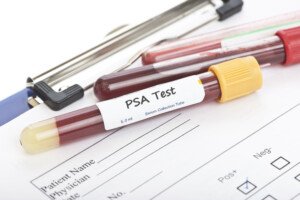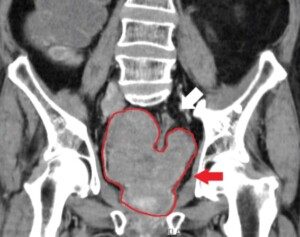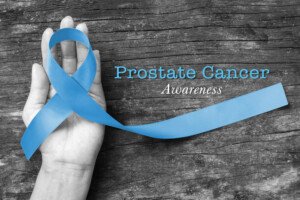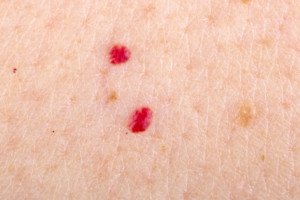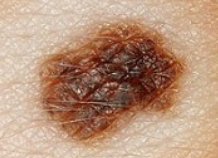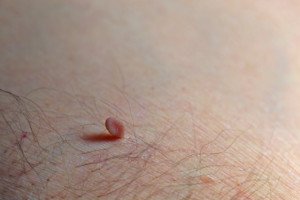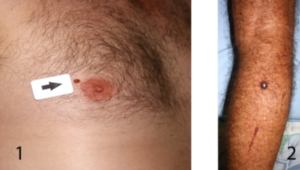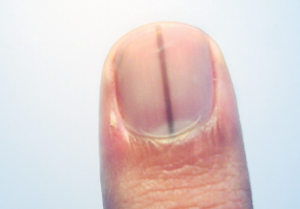A groundbreaking new clinical trial, the first of its kind, has found a way to identify breast cancer survivors most at risk of having a recurrence.
Even better, researchers discovered that existing, already-approved drugs can target and eliminate the “sleeper” cancer cells responsible for relapse.
The work, led by scientists at the Abramson Cancer Center and the Perelman School of Medicine at the University of Pennsylvania, was published in Nature Medicine.
Tackling the Fear of Cancer Coming Back
For the 30 percent whose cancer eventually returns, the disease is still considered incurable.
The No. 1 location that breast cancer “comes back” in a patient with an initial diagnosis of local disease is the bones.
The brain, lungs and liver are also common metastatic sites.
Once breast cancer comes back, patients often face ongoing treatments that can keep cancer in check but rarely wipe it out completely.
Some types, like triple-negative or HER2-positive breast cancers, tend to return quickly, while estrogen receptor-positive cancers can reappear even 20 years later.
As of October 2025, there hasn’t been a way to spot who might still be carrying dormant tumor cells — the ones quietly hiding in the body (such as in a bone), waiting to wake up and begin proliferating.
In other words, when a patient is told she’s “cancer free,” this more accurately means that her medical team is unable to find evidence of residual breast cancer cells.
She’s given an “all clear” or a status of NED: no evidence of disease.
There could be sleeper cells in a few bones or in a lung.
This new study targets those cells before they cause relapse.
The Study and What It Found
The randomized phase II trial included 51 breast cancer survivors.
Researchers used two drugs that were already available for other conditions.
Remarkably, they were able to clear dormant tumor cells in about 80 percent of participants.
After three years, patients who received one of the drugs had a recurrence-free survival rate above 90 percent, and those who received both drugs had a perfect 100 percent rate.
The paper points out the universal phenomenon of patients celebrating the end of treatment and being given an all-clear, while at the same time, switching gears to the never-ending worry that the cancer will return.
This study, headed by Dr. Angela DeMichele, a cancer researcher, focused on zeroing in on those sleeper cells, as it’s currently not possible to identify which patient’s cancer will return.
Catching Cancer While It’s Sleeping
This work builds on earlier research showing that some tumor cells don’t die off after treatment — they just go dormant.
These inactive cells, also known as minimal residual disease (MRD), can stay hidden for years, undetectable by scans or blood tests.
Once they start multiplying again, the patient’s diagnosis becomes stage 4.
When the symptoms start kicking in, they can be mistaken for a benign condition.
This happened to my sister. She was “cancer free” for several years after a stage 2B diagnosis.
One day she began noticing upper arm pain and thought it was musculoskeletal in origin due to past history of a soft tissue injury.
The pain proved unresponsive to standard treatments for a recurring musculoskeletal problem, and only then, did it dawn on my sister, who’s a medical doctor, that it could be bone metastasis. Imaging confirmed this.
The paper explains that while some drugs have no effect on fast growing cancer cells, they can kill the sleeper ones.
This means the biology of the dormant cells is very different.
In preclinical experiments, investigators found that mice with breast cancer stayed cancer-free longer when these drugs were used.
From Lab to Real Patients
For the study researchers first screened breast cancer survivors who had finished treatment within the five years previous and showed no visible signs of disease.
Using bone marrow samples, the researchers identified which participants still had dormant tumor cells.
Those patients were then randomly assigned to receive one of the two drugs alone or both together for six treatment cycles.
Within six to 12 months, most participants no longer had detectable dormant cells.
After more than three years of follow-up, only two participants have had their cancer return.
As of September 2025 the team is already enrolling patients in two larger ongoing studies to confirm and extend the results: the Phase II ABBY clinical trial and the Phase II PALAVY clinical trial, available at several cancer centers across the country.
Patients interested in learning more about these or other breast cancer clinical trials at Penn Medicine should contact:
![]()






